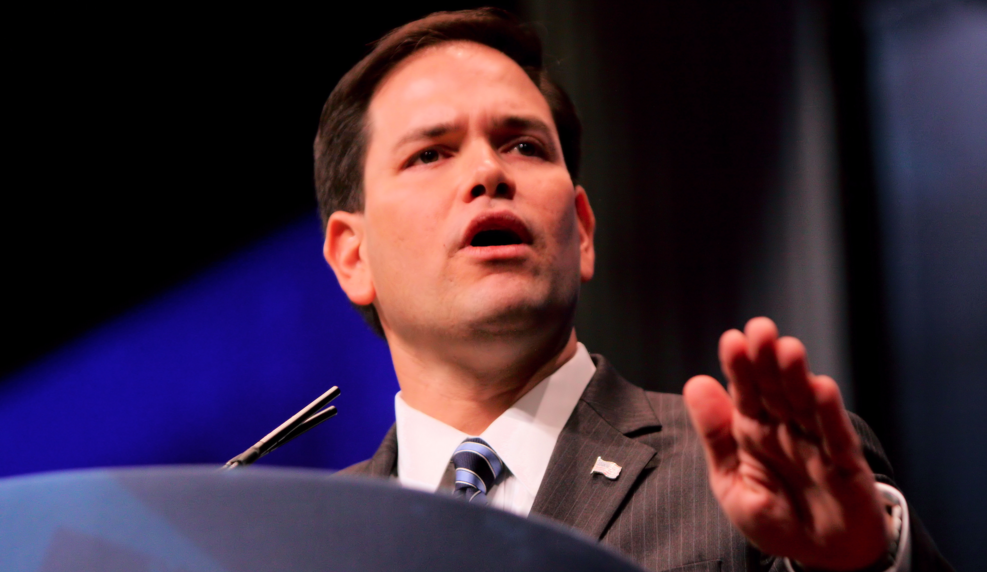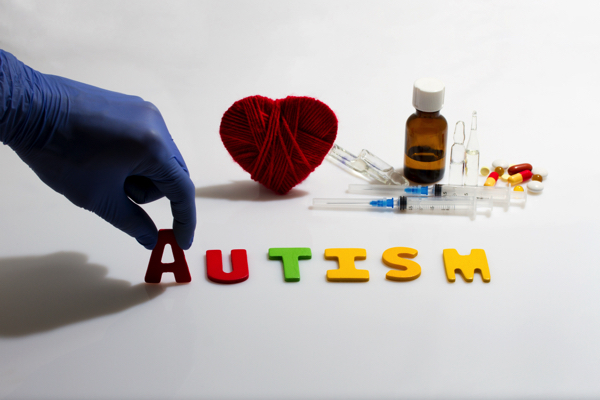
- The Trump administration is exploring financial incentives, education reforms and symbolic recognition (e.g., a "National Medal of Motherhood") to encourage higher birth rates and promote conservative family values.
- The U.S. fertility rate dropped to a record low of 1.62 births per woman in 2023, well below the 2.1 replacement level needed to sustain the population.
- Key proposals include a $5,000 "baby bonus" for new mothers, diverting Fulbright scholarships to married applicants and federal funding for fertility education.
- While proponents (like Vice President J.D. Vance and tech mogul Elon Musk) argue declining birth rates threaten economic stability, critics warn cash incentives could worsen poverty cycles without broader economic reforms.
- The administration plans to expand IVF access, but the issue divides conservatives due to ethical objections over embryo destruction.
"Baby bonus" proposal sparks debate on incentives, welfare and family structure
The series of proposals, specifically the "baby bonus" program, ignited heated discussions on X, formerly known as Twitter. Advocates argue that declining birth rates threaten economic stability; however, as skepticism runs deep, critics warn that unrestricted cash incentives could worsen poverty cycles and family breakdowns. "The 'baby bonus' must apply only to married women," one X user posted, along with the retweet from another X user named Tony Heller. who referenced historical precedents where welfare payments allegedly encouraged out-of-wedlock births and dependency. "In the 1960's Congress came up with a plan to pay single mothers to have more children. The more children they had out of wedlock, the more money they received. The destruction of poor families was done quite intentionally by the US government, under the name 'social justice.'" Many also insist that any "baby bonus" should be restricted to married couples or those who can financially and morally support children. "Incentives without responsibility worsen the problem," one user tweeted. Another argued, "Only people who've never relied on government assistance should qualify." Some suggest that broader economic reforms, not welfare-style incentives, are the real solution. "No. Adopt policies that boost the value of the dollar and lower the cost of living, and you'll get that baby boom. This 'baby bonus' was tried before with unmarried welfare mothers, and all we got was more unmarried welfare mothers and more children locked in the poverty cycle," one said. Learn more about declining populations across the world at PopulationCollapse.com. Watch this episode of "Light Listening" discussing the reasons behind the sharp decline in U.S. births. This video is from The Lightbulb Initiative channel on Brighteon.com.More related stories:
DEPOPULATION: Maternity wards across America are closing down as birth rates collapse.
Hospitals across the U.S. closing down MATERNITY WARDS due to staff shortages, low birth rates.
Over HALF of America's 24,295 cities could experience MAJOR DEPOPULATION by 2100. Census Bureau: U.S. population projected to begin declining by 2100. Sources include: Modernity.news WSJ.com NYTimes.com Brighteon.comU.S.-China trade war shows no signs of cooling amid conflicting claims, economic toll rises
By Willow Tohi // Share
UN warns Gaza faces ‘worst humanitarian crisis’ yet as Israel blocks aid for 50 days
By Cassie B. // Share
Ford halts U.S. vehicle shipments to China amid retaliatory tariffs
By Laura Harris // Share
By Finn Heartley // Share
Israel’s far-right minister says GOP backers endorse bombing Gaza’s aid depots
By Cassie B. // Share
CHAGA: The "king of mushrooms" revered for centuries in traditional medicine
By avagrace // Share
Hate beets? Learn how to gain better cognitive, cardiovascular and athletic performance
By newseditors // Share
Flaws in landmark vaccine study spark renewed autism-link debate
By willowt // Share
Elon Musk to scale back involvement with Trump's DOGE as Tesla profits take massive hit
By lauraharris // Share









